From the February 2023 issue of Apollo. Preview and subscribe here.
Asher Wertheimer, a successful London art dealer, had first commissioned John Singer Sargent to paint portraits of himself and his wife to mark the couple’s silver wedding anniversary in 1898. Over the next decade Sargent went on to paint 10 of their 12 children (two died in infancy), the largest private commission he ever received. Eight of the pictures originally hung in the dining room of Wertheimer’s house in Bayswater, where their painter, who became a close friend of the family, was so frequently found at the dinner table that the room was dubbed ‘Sargent’s Mess’.
The group portrait of Hylda, Almina and Conway Wertheimer, aged 27, 19 and 24 respectively, is in some ways more conventional than other paintings of the family. It certainly lacks the sheer swagger of the portrait Sargent painted that same year of their sister Ena in an extravagantly plumed hat and swirling black cloak. Sargent was sometimes criticised for too often painting ‘cosmopolitan’ subjects, but part of the attraction of these pictures is that they convey the bravura and confidence that had allowed the sitters to defy the stuffiness and self-restraint of a society in which they were considered outsiders. In this group painting, however, the three siblings are formally arranged in front of a grand balustrade in the manner of the great 18th-century portraits in which their father dealt. This may be intended (as Tate Britain suggests) to confer aristocratic status on the offspring of a middle-class Jewish businessman, but the setting was both real and personal to the family: Wexham Place in Buckinghamshire was the home of Eustace Wilding, who married the sitters’ sister Essie the same year that their portrait was painted.
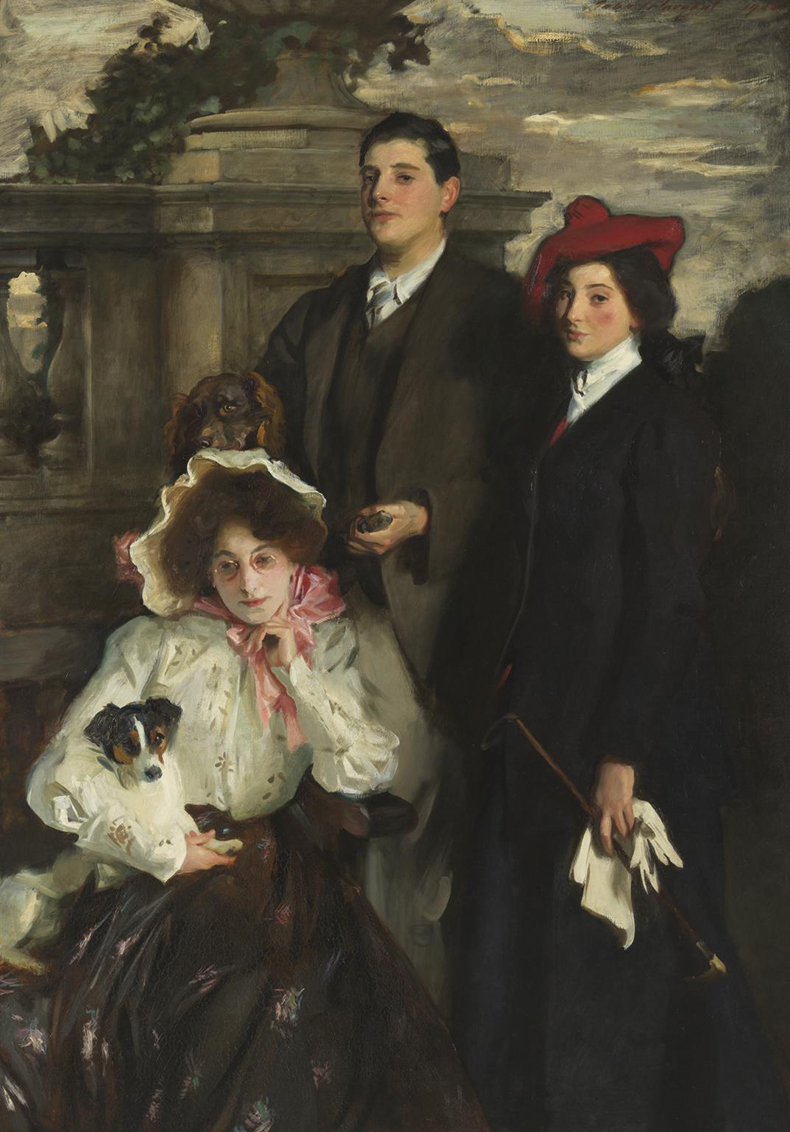
Hylda, Almina and Conway, Children of Asher Wertheimer (1905), John Singer Sargent. Tate Collection
In addition, several of the painting’s details are markedly tender, which was not a usual feature of grand portraiture but instead reflects Sargent’s intimacy with the family. One might, for example, have expected Hylda to remove her pince-nez for a sitting, but (at her own insistence) she retained them as she had for an earlier solo portrait of 1901. Terriers and spaniels are certainly sporting dogs of the kind depicted alongside the landed subjects of 18th-century portraits, but the ones in this painting are clearly pets. Hylda’s terrier, aspiring to be a lapdog, is affectionately restrained beneath its owner’s right arm, while Conway is surreptitiously holding his spaniel’s paw rather than showing off the dog beside a pile of dead game-birds. Family pets are also a prominent feature of both the 1898 portrait of Asher and the 1902 one of Essie with her two younger siblings, Ruby and Ferdinand. The Spectator noted disapprovingly that in the latter painting the dogs ‘are bedecked with bows, and the air we feel smells of scent and burnt pastilles’ – an unsubtle hint that the family’s natural affinity was with ‘oriental’ decadence rather than healthy English outdoor life.
Conway looks in Sargent’s depiction of him what he would shortly become – a prosperous KC with a house in Portman Square, who would stand as the Conservative candidate for South Hackney in the 1910 general election. He was soundly defeated by the egregious fraudster Horatio Bottomley, who had launched his xenophobic weekly newspaper John Bull in 1906 and in his election campaign made great play of the ‘fact’ that Conway was not only Jewish but German – though in fact both Conway and his father had been born in Britain. Conway could hardly have been more ‘assimilated’ – Harrow, Balliol and the Bar – but he was also a notable supporter of such causes as the Jewish Education Aid Society, which among other things gave the impoverished East End artists David Bomberg, Mark Gertler and Isaac Rosenberg the opportunity to attend the Slade School of Art. Presumably at Conway’s prompting, Sargent had helped Bomberg secure his place at the school, while in 1911 Conway himself offered to fund Gertler on a trip to Italy ‘to improve his sense of colour’, an offer the notoriously recalcitrant artist refused.
The largely conventional future that awaited Conway somehow makes the detail of him holding his dog’s paw all the more unexpected and touching. In other paintings Sargent portrays mothers holding their children’s hands, but Conway’s protective gesture also reminds one of the dramatic 1901 portrait of Conway’s older sisters Ena and Betty, in which Ena’s arm casually encircling her sister’s waist, and Betty’s arm resting against her sister’s dress, establish a striking and attractive fondness between sitters otherwise presented in the grand manner.
Most of the Wertheimers’ private papers, including all their correspondence with Sargent, were destroyed, so it is left to these portraits to bear witness to the unusual relationship between the famously private painter and this lively and engaging family.
From the February 2023 issue of Apollo. Preview and subscribe here.
Unlimited access from just $16 every 3 months
Subscribe to get unlimited and exclusive access to the top art stories, interviews and exhibition reviews.

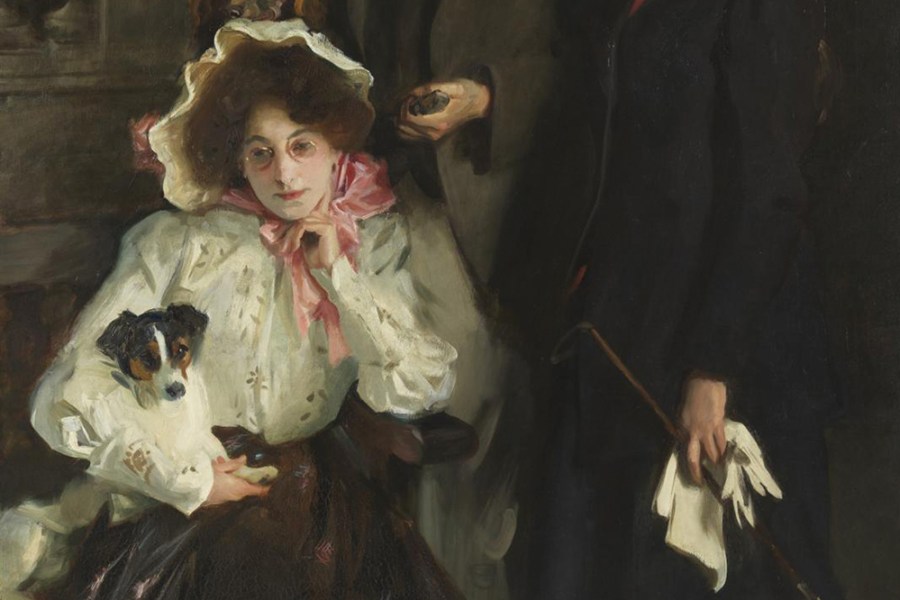
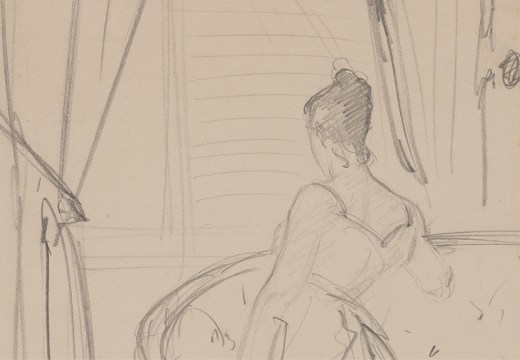
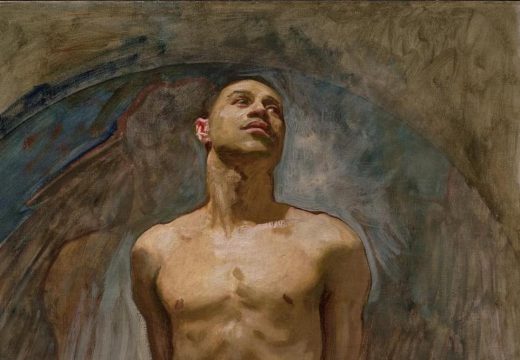
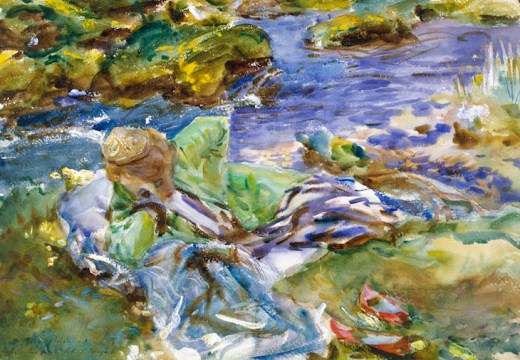









![Masterpiece [Re]discovery 2022. Photo: Ben Fisher Photography, courtesy of Masterpiece London](http://www.apollo-magazine.com/wp-content/uploads/2022/07/MPL2022_4263.jpg)
It’s time for the government of London to return to its rightful home